Figuring out how to explore Provence required thinking about where to stay, as there was a lot to see, and the region is quite vast.
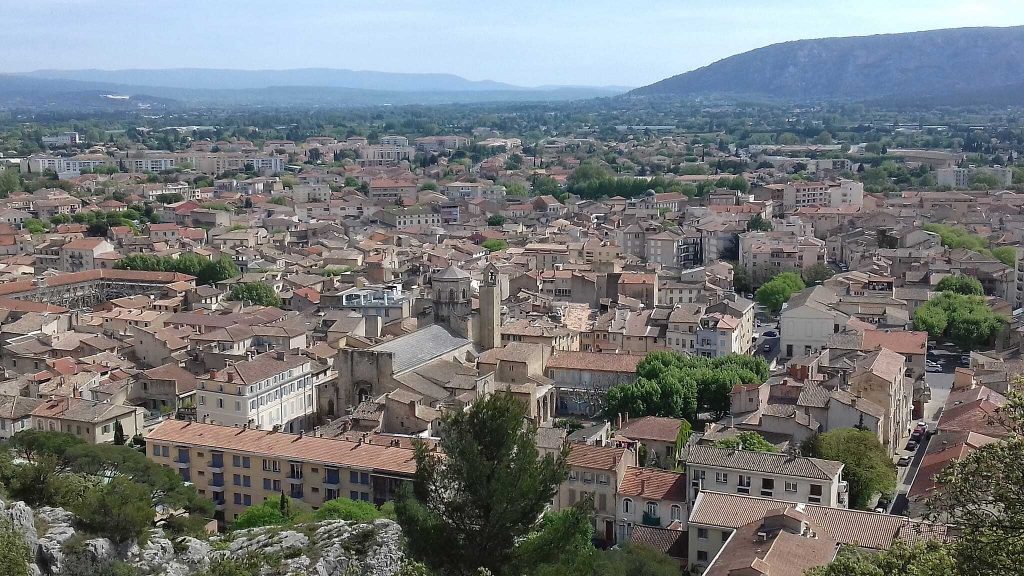
In the end, we chose to stay in Cavaillon, as it seemed the most convenient base for our radial routes. The town itself didn’t leave a strong impression, except for the mountain right in the center.
From there, we set out in different directions each day:
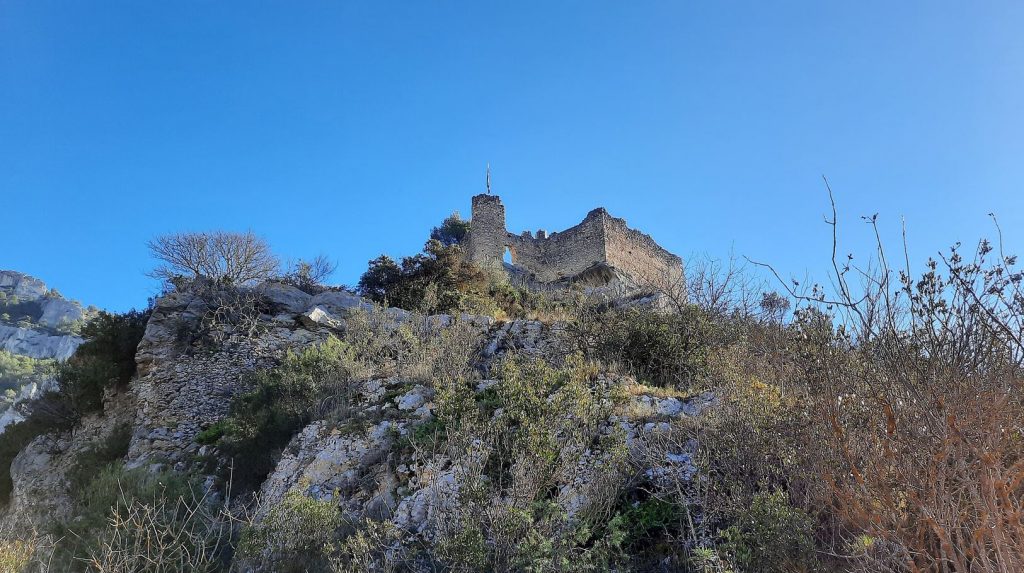
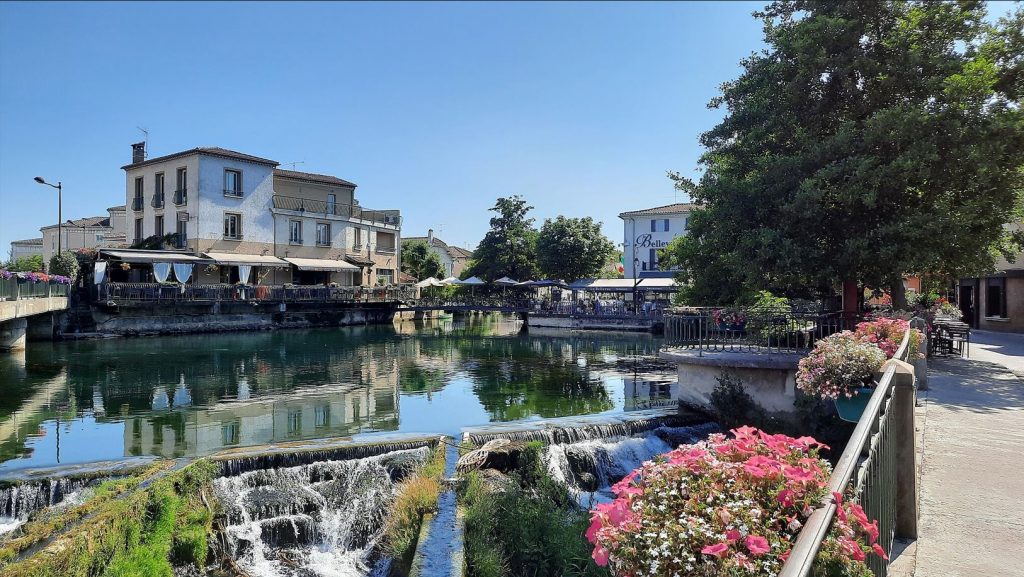
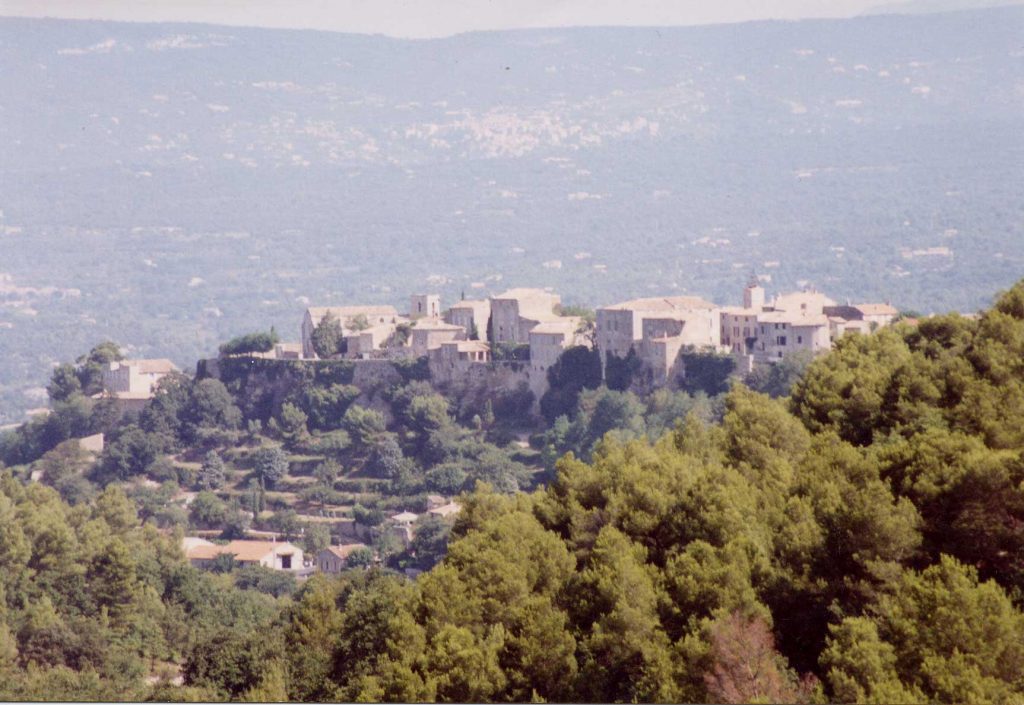
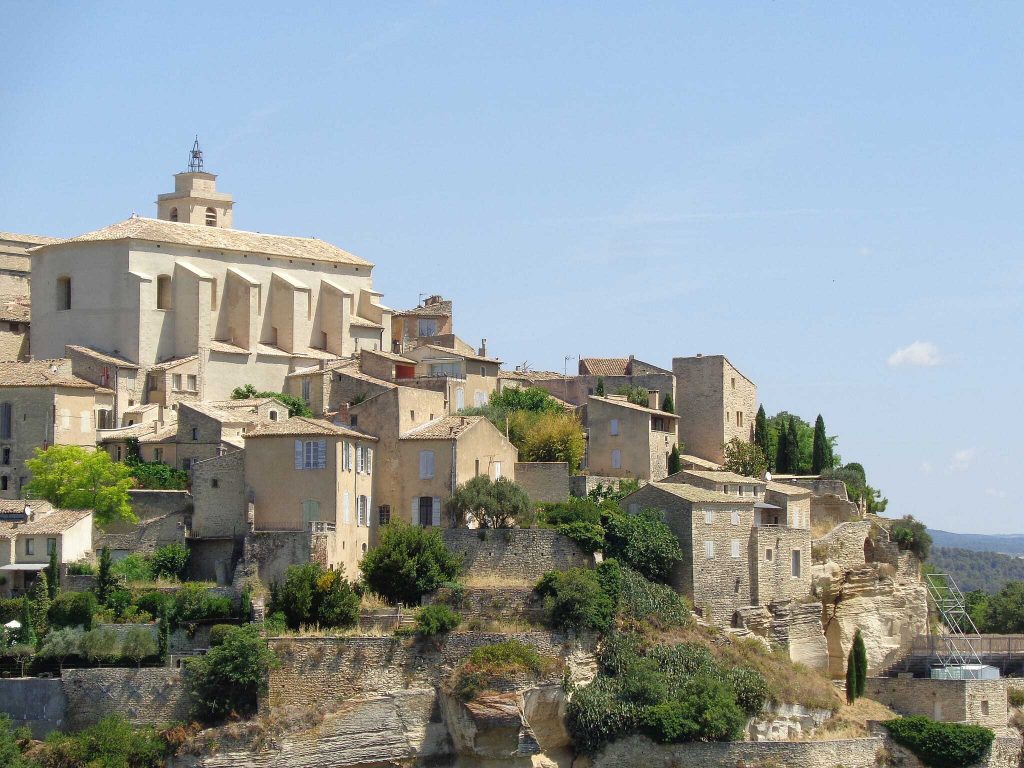
We spent two days exploring the Luberon route, visiting Ménerbes, Bonnieux, Roussillon, Gordes, Fontaine-de-Vaucluse и L’Isle-sur-la-Sorgue. Each of these places is beautiful in its own way, and you can easily spend several hours strolling through the narrow old streets, browsing charming shops, and stopping for a bite at the local cafés and restaurants. Every spot has its own charm and uniqueness, with Gordes leaving the strongest impression, but our favorite was L’Isle-sur-la-Sorgue. Its center, lined with canals of water, felt especially cozy and inviting.
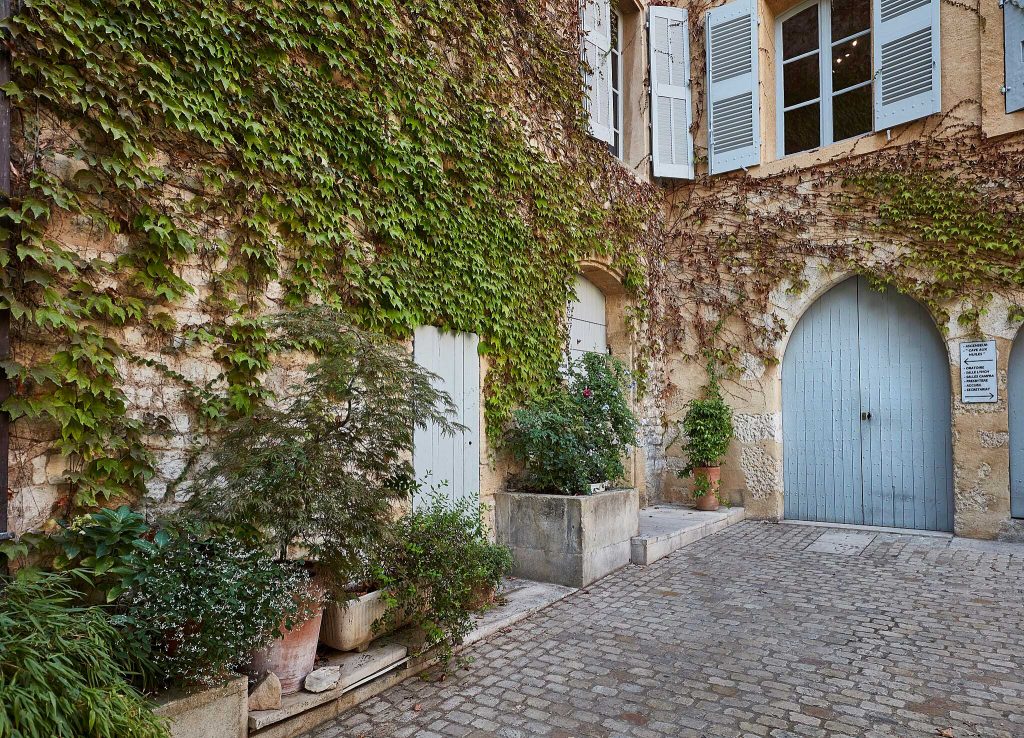
We spent one day in Aix-en-Provence. It’s a larger city and closer to civilization. On the way, we passed by the Rocher Mistral castle and stumbled upon a Viking battle.

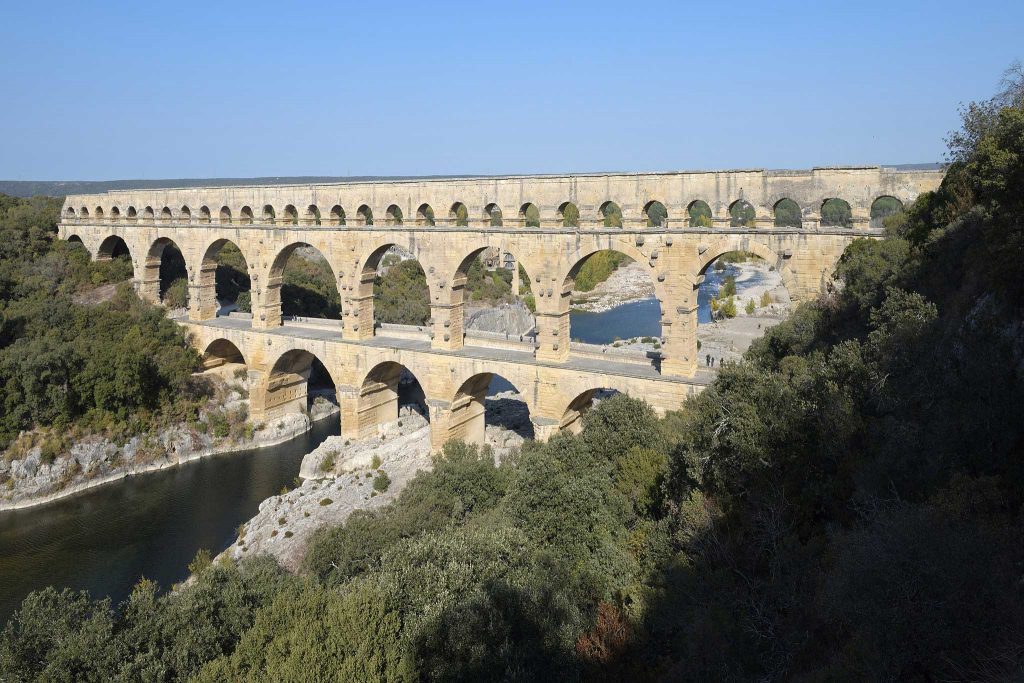
We visited the papal city of Avignon. It was beautiful and impressive. Not far from there is the Pont du Gard – a stunning three-tiered bridge over a stream, one of the symbols of Provence.
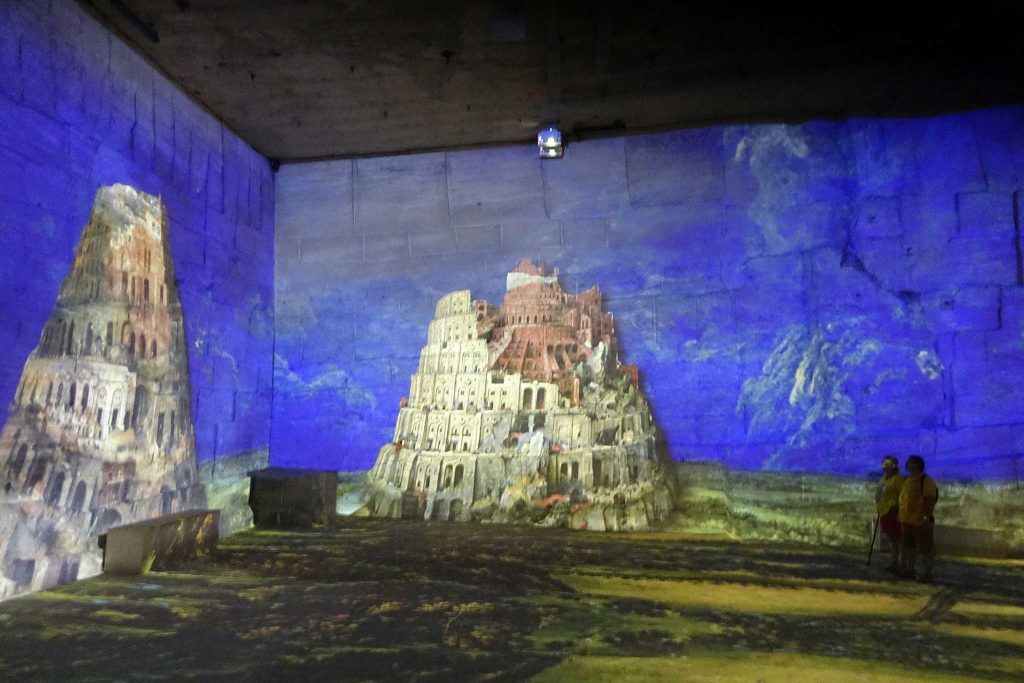
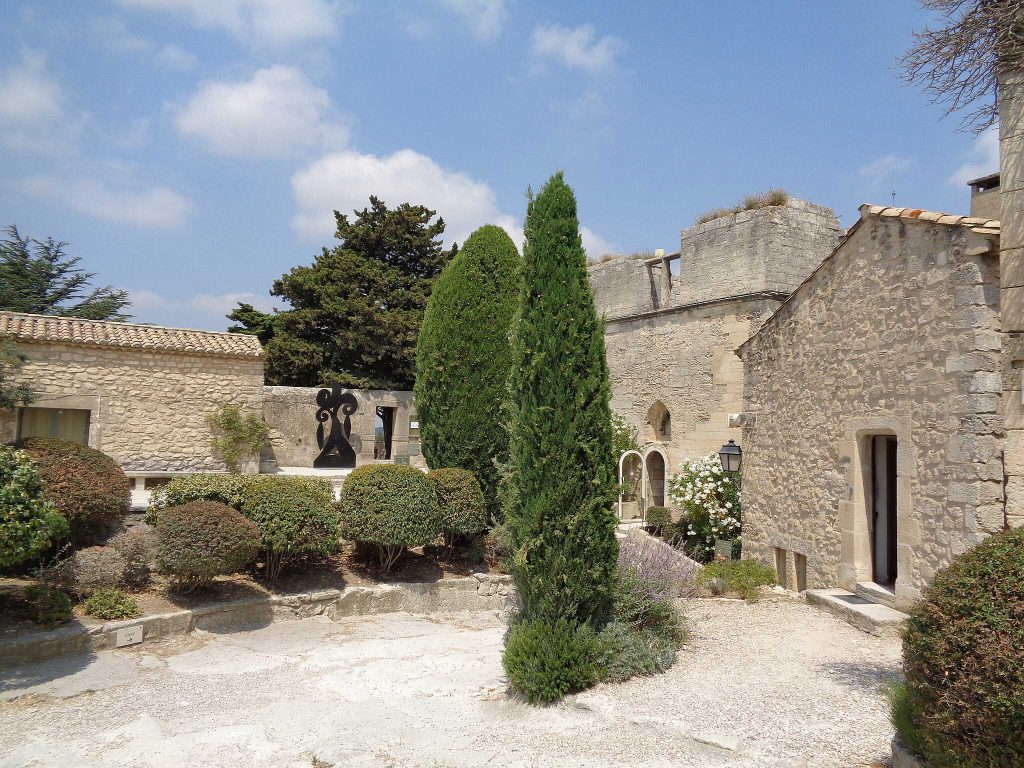
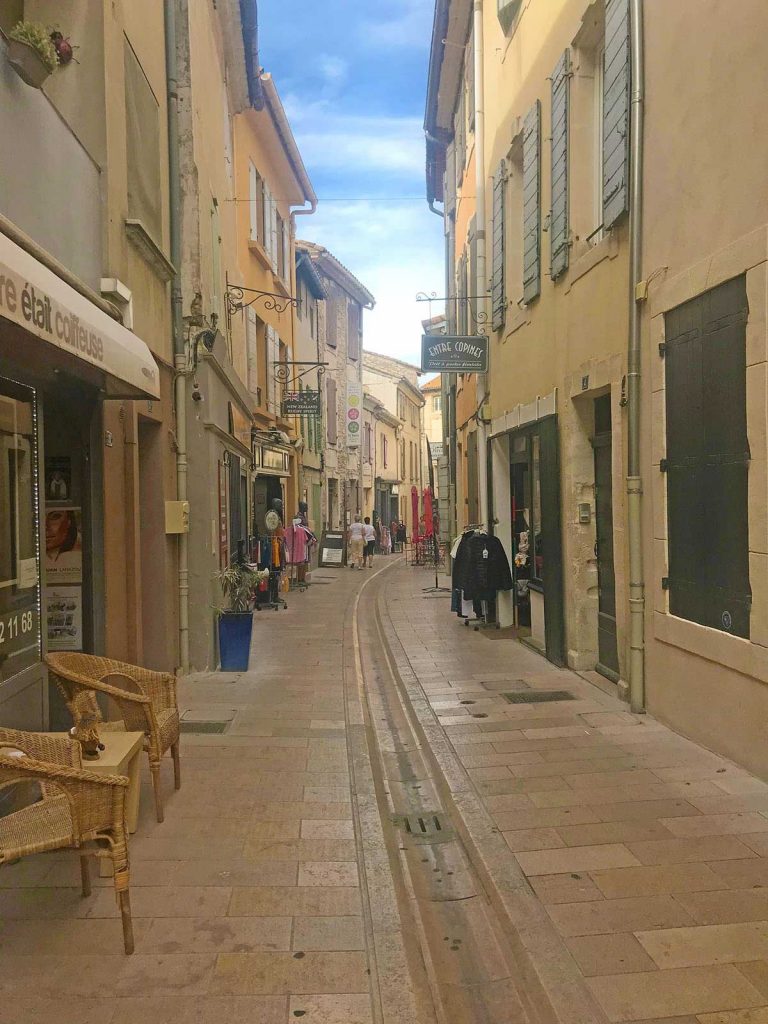
The Alpilles route was probably the most unusual:
Carrières de Lumières – a cave with changing projections of works by famous artists (like Vermeer and Van Gogh) and various animations; it’s truly impressive.
Les Baux-de-Provence – a partially ruined fortress with breathtaking views. There, they demonstrated all kinds of weapons, from bows to a 12-meter ballista that was operated by a group of 20 people.
The town of Saint-Rémy-de-Provence – also charming, where we happened upon a bullfighting event (more humane, as they only dodge the bulls rather than harming them) and a traveling funfair.
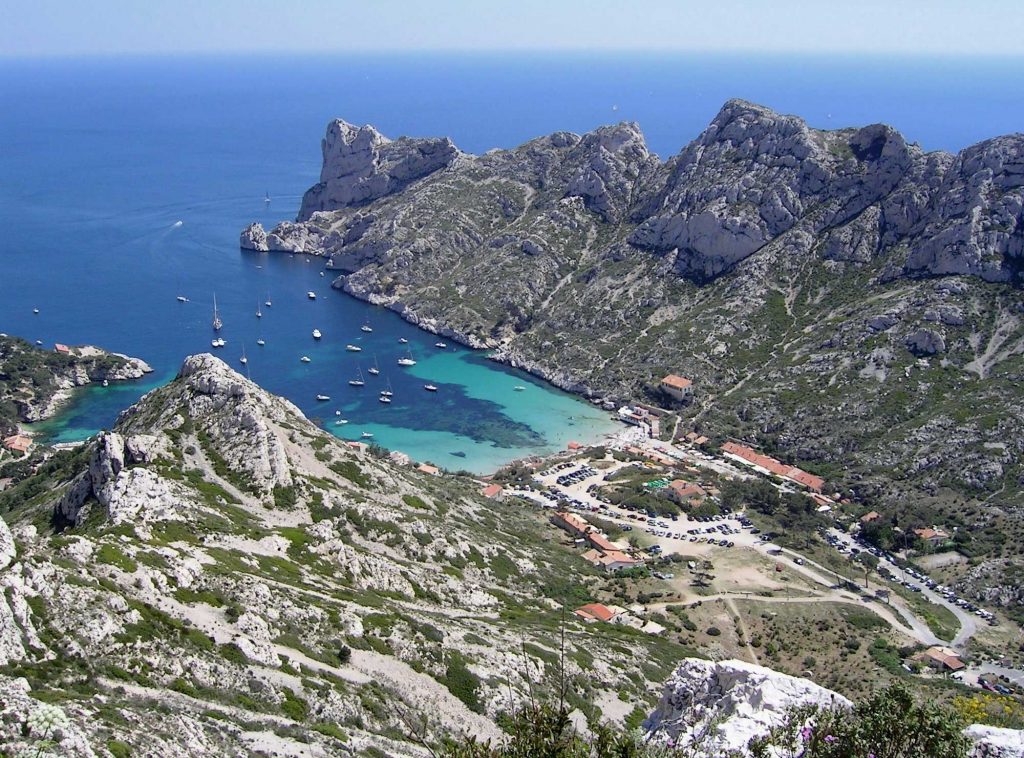
The Calanques of Marseille are French fjords. You can see them from a boat on the water, but we drove along the scenic road. It starts high up, offering numerous viewpoints with breathtaking views, and then it descends, allowing you to reach small beaches nestled between the mountains where you can sit on the pebbles and enjoy the whispers of the waves and the cries of seagulls. It’s very romantic.
We really enjoyed Provence. We’ll definitely return, especially since we didn’t have time to visit the Camargue Nature Reserve and Arles, which we were very keen to see.
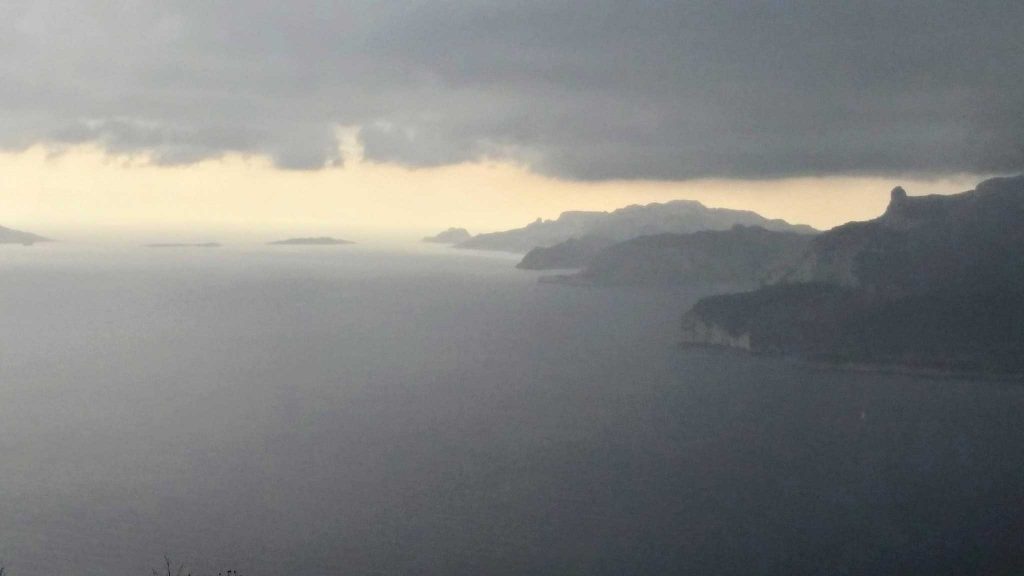
The only downside is that out of all the photos, the only one that survived is the blurriest—Calanques in the rain. But for those who haven’t been, trust me, it’s incredibly beautiful. The rest of the photos are kindly provided by Wikimedia Commons, the free media repository.
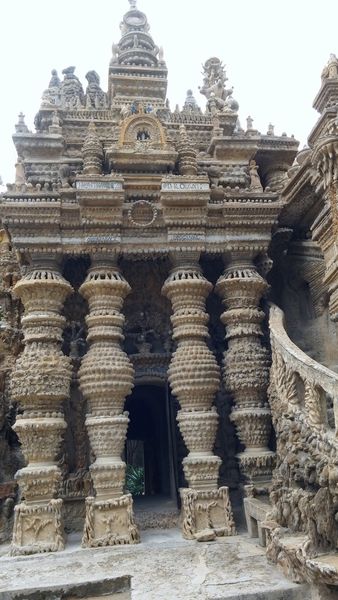
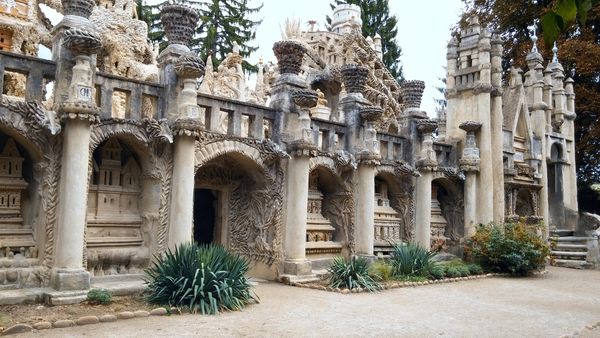
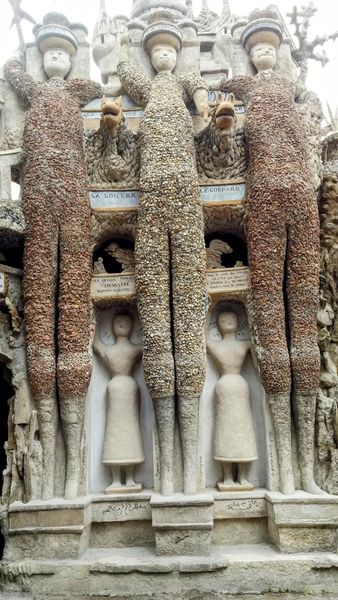
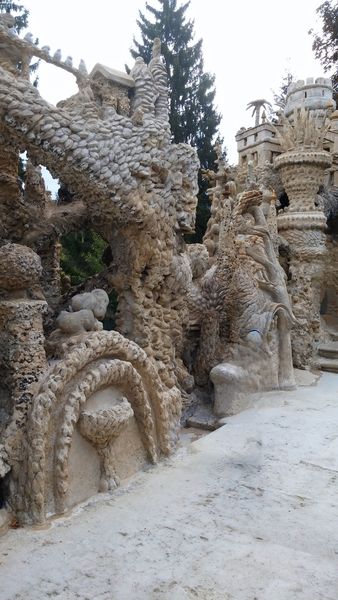
By the way, while driving from Annecy to Provence, we stopped to see the Ideal Palace of Postman Cheval.
In 1879, the postman from the commune of Hauterives, Cheval, stumbled upon a stone, picked it up, and decided to take it with him. He called it the “stone of stumbling.”
From then on, for 33 years, Cheval brought home stones and spent his evenings building his Ideal Palace.
This structure was entirely conceived, designed, and built by one man. It stands 12 meters high and 26 meters long. The primary building materials are stones, lime, mortar, cement, and metal reinforcement.
An impressive creation. We stopped by to see it on our way, but hundreds of thousands of people visit it each year specifically.
For more reports and useful information, check out the group

